1533 - ✝ 1584
William of Orange
William of Orange; the 'Father of the Fatherland'. That his name was associated with Delft and the Nieuwe Kerk is purely coincidental. After his sudden death in the Prinsenhof in Delft, the family tomb in Breda was inaccessible.
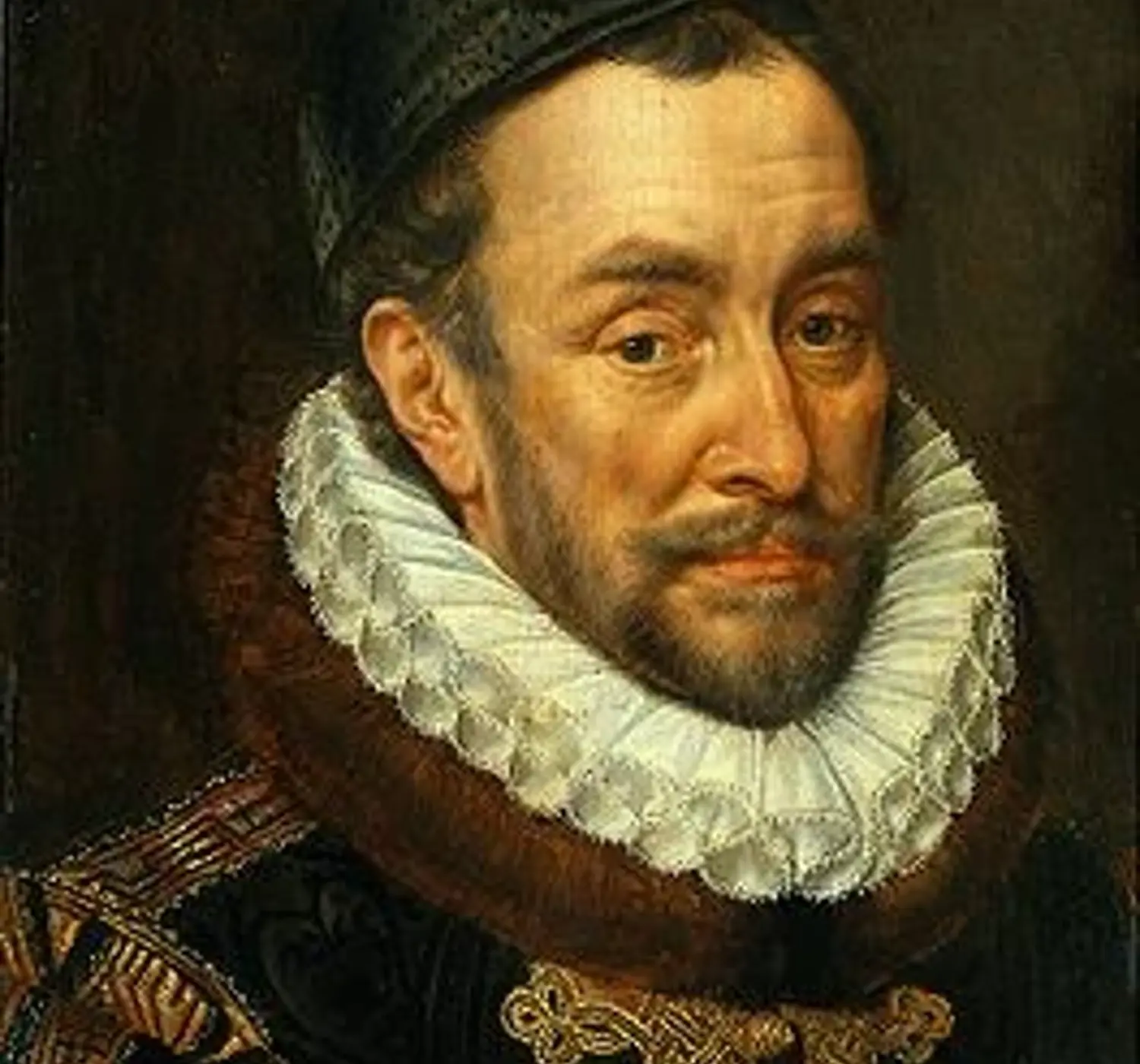
General
William of Orange was born into a noble German family - the Nassaus. When he was eleven, he inherited the principality of Orange and entered the court of King Charles V. He was so popular with the king that when he abdicated, the king leaned on William's shoulder. To his son and successor Philip II, the king said: 'Keep this young man in honour, he can be your most valuable adviser and support'. No one suspected then that William and Philip would become arch-enemies.
Violence
In time, Philip II appointed William of Orange as stadholder of Holland, Zeeland and Utrecht. As he rose up the social ladder, however, William's aversion to Philip II also increased. This was because the king wanted to forcibly create one big European state, with Roman Catholicism as its only religion. William, on the other hand, fought for freedom of religious practice.
Violence
Protestants in the Low Countries were increasingly harshly oppressed. The conflict reached a climax and William had to flee with his family to Germany in April 1567. From there, Orange - who was himself Roman Catholic - attacked the Spanish ruler with an army he had gathered. However, it failed to halt Philip II's advance.
Discover more about Notable Characters
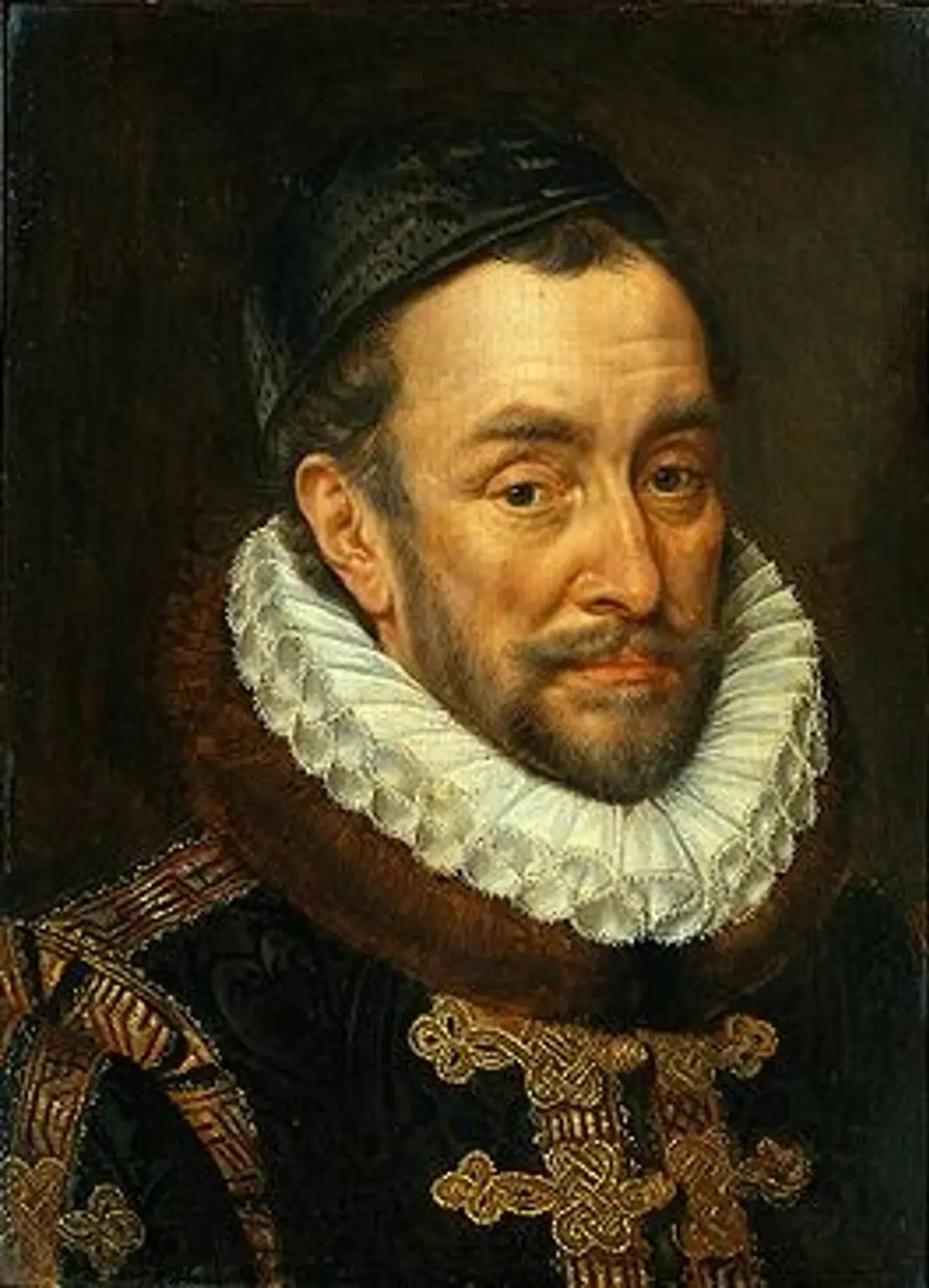
William of Orange
William of Orange; the 'Father of the Fatherland'. That his name was associated with Delft and the Nieuwe Kerk is purely coincidental. After his sudden death in the Prinsenhof in Delft, the family tomb in Breda was inaccessible.
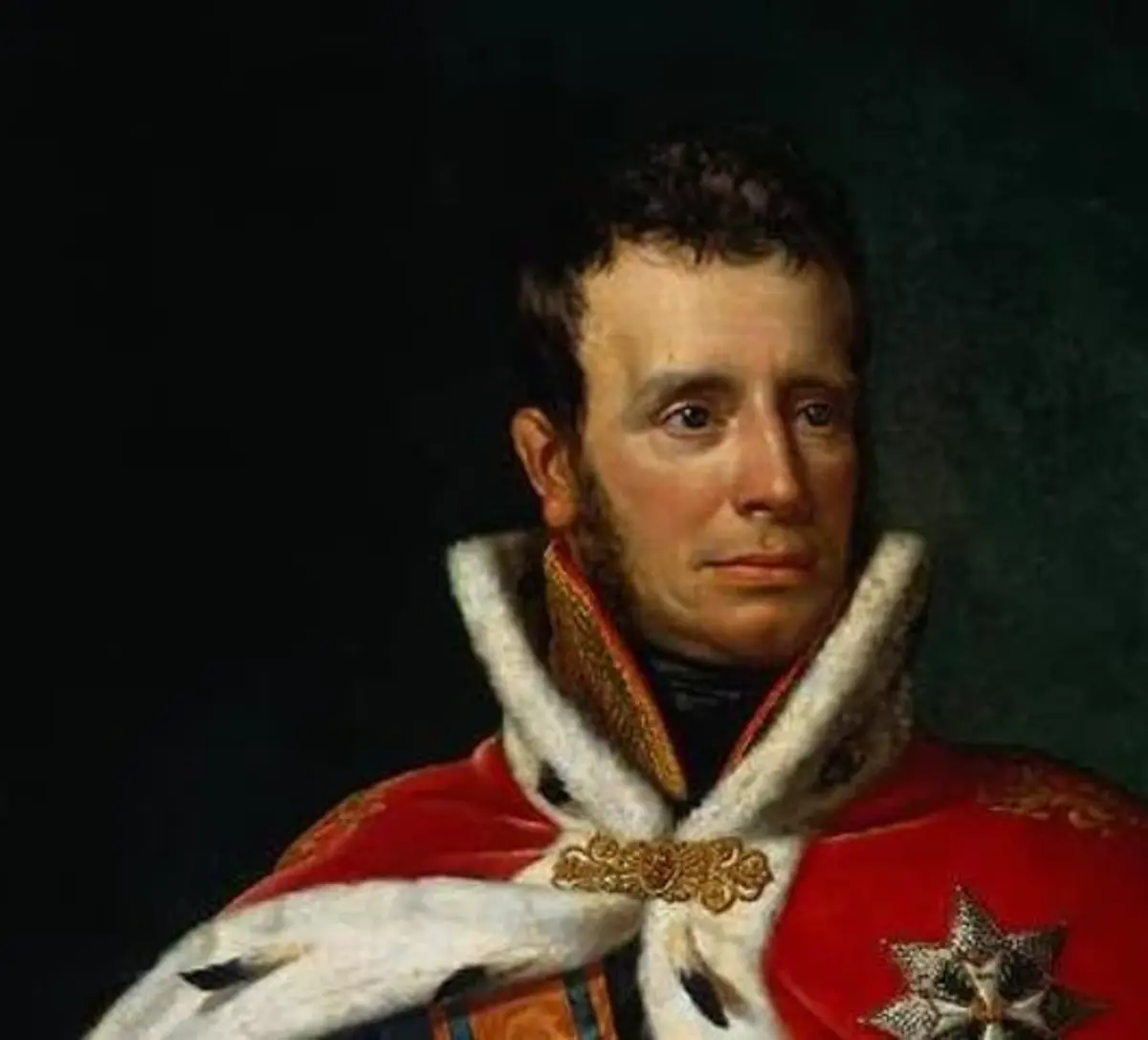
King William I
It was around the year 1800 in the Low Countries. The era of stadholders was over, and Napoleon Bonaparte was advancing from the south. Then William I Frederick became the first king of the Netherlands and secured the dynasty of the Oranges.
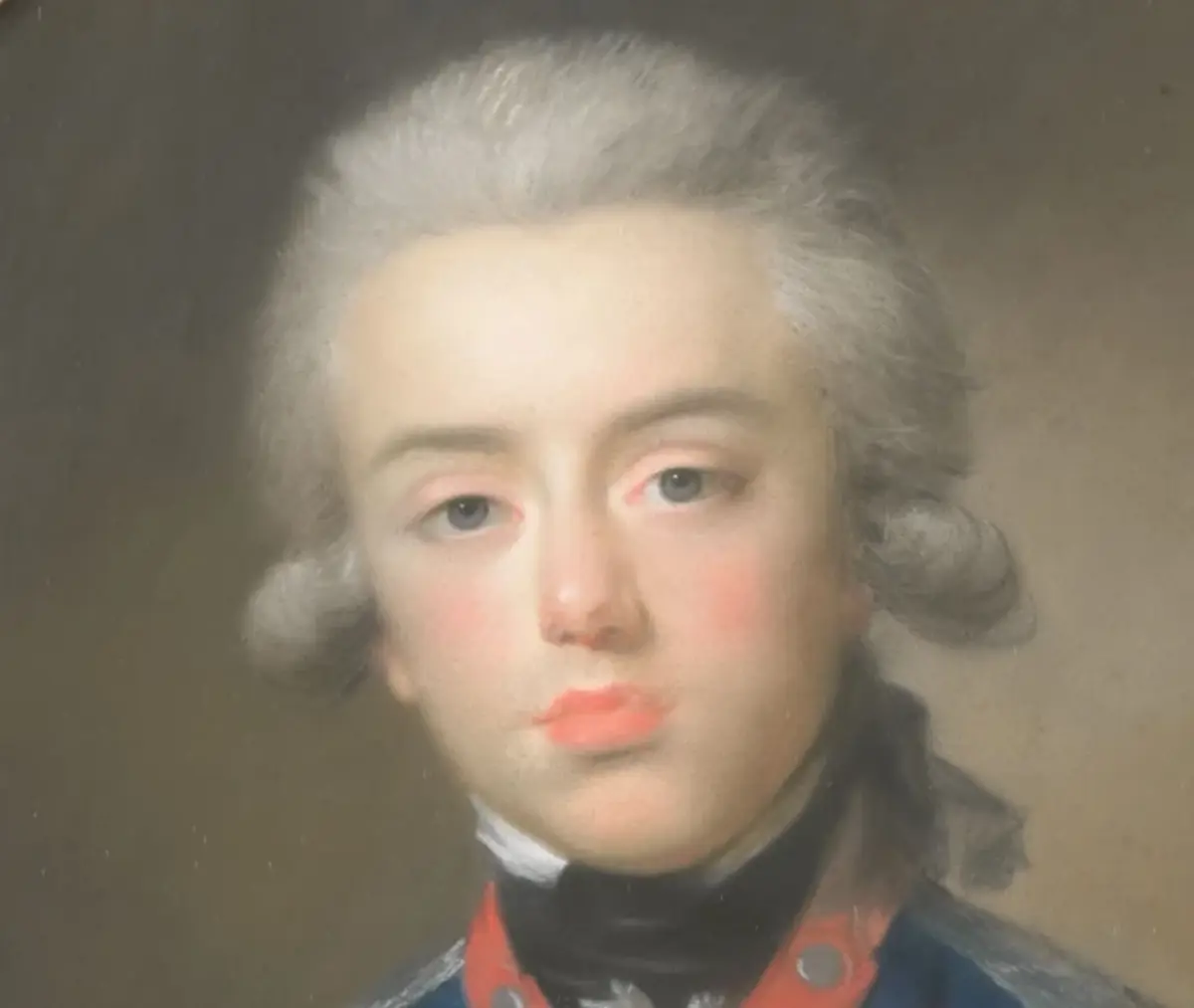
Willem George Frederik
William George Frederick of Orange-Nassau was the youngest son of the last stadholder William V and the brother of the first King of the Netherlands; William I Frederick. He was an inspiring army commander who, despite a nasty shoulder wound, fought courageously against the French.
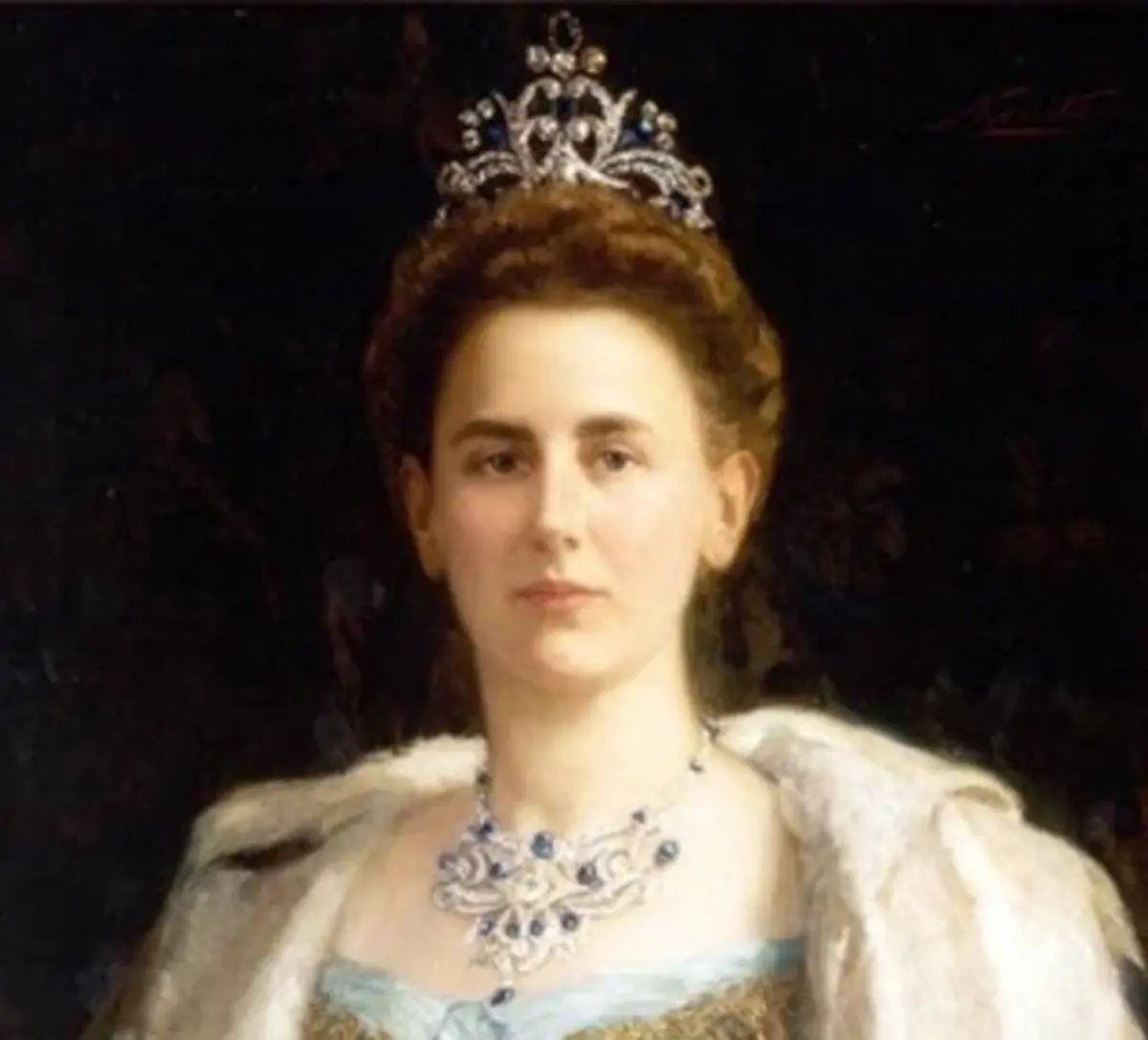
Koningin Wilhelmina
Wilhelmina was queen for almost fifty-eight years; the longest reign since the creation of the Dutch constitutional monarchy in 1815. During that time, she led the country through two world wars as well as reconstruction.

Prince Claus
Klaus-Georg Wilhelm Otto Friedrich Gerd von Amsberg - or Prince Claus for short - married Beatrix of the Netherlands in 1966, Queen of the Netherlands from 1980 - 2013. Not everyone was happy with this prince of German origin. Later, however, his popularity only increased.

1909 – ✝ 2004
Queen Juliana was one of three members of the Royal Family who died in fairly quick succession and were buried in the Nieuwe Kerk. She was preceded in death by her son-in-law, Prince Claus. Husband Prince Bernhard followed Juliana the same year.
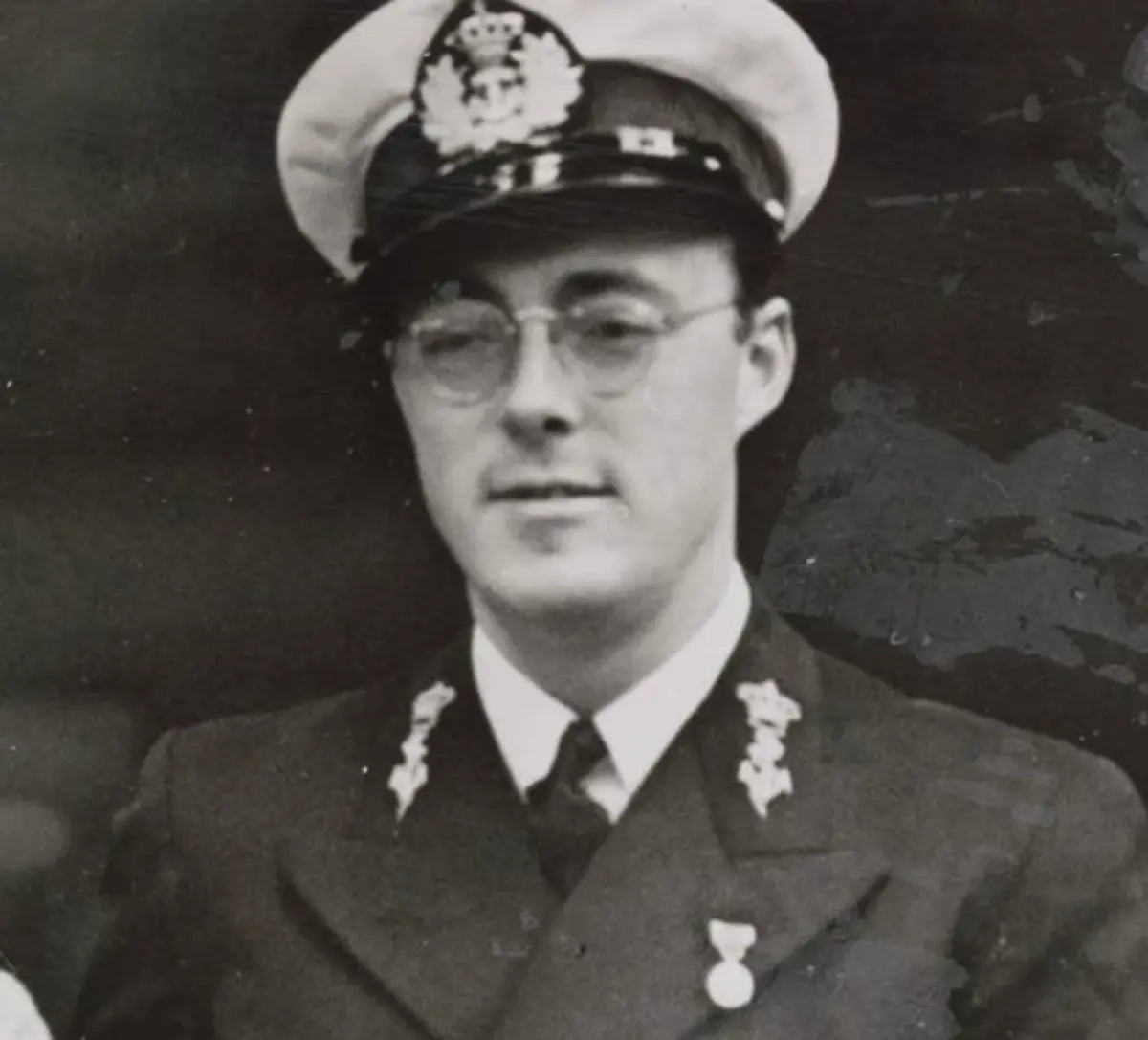
1911 – ✝ 2004
Prince Bernhard was the prince consort of Queen Juliana and the father of Princess Beatrix. He was born in the German grand duchy of Saxony-Weimar-Eisenach.
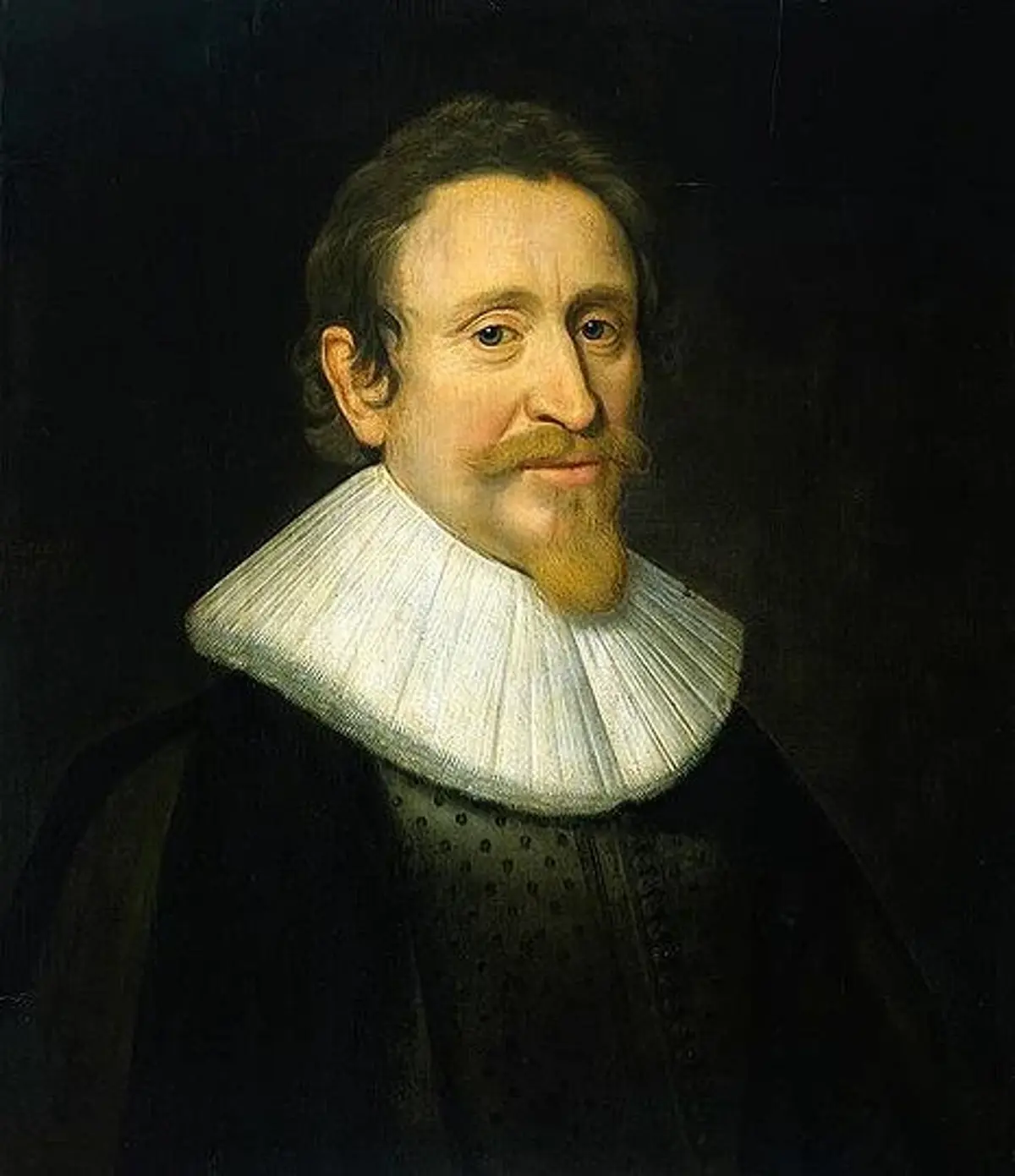
1583 – ✝ 1645
Hugo de Groot is considered one of the greatest jurists ever. With famous works such as De jure belli ac pacis and Mare Liberum, he laid the foundations for today's Western legal system. However, his influence was not appreciated by all.
